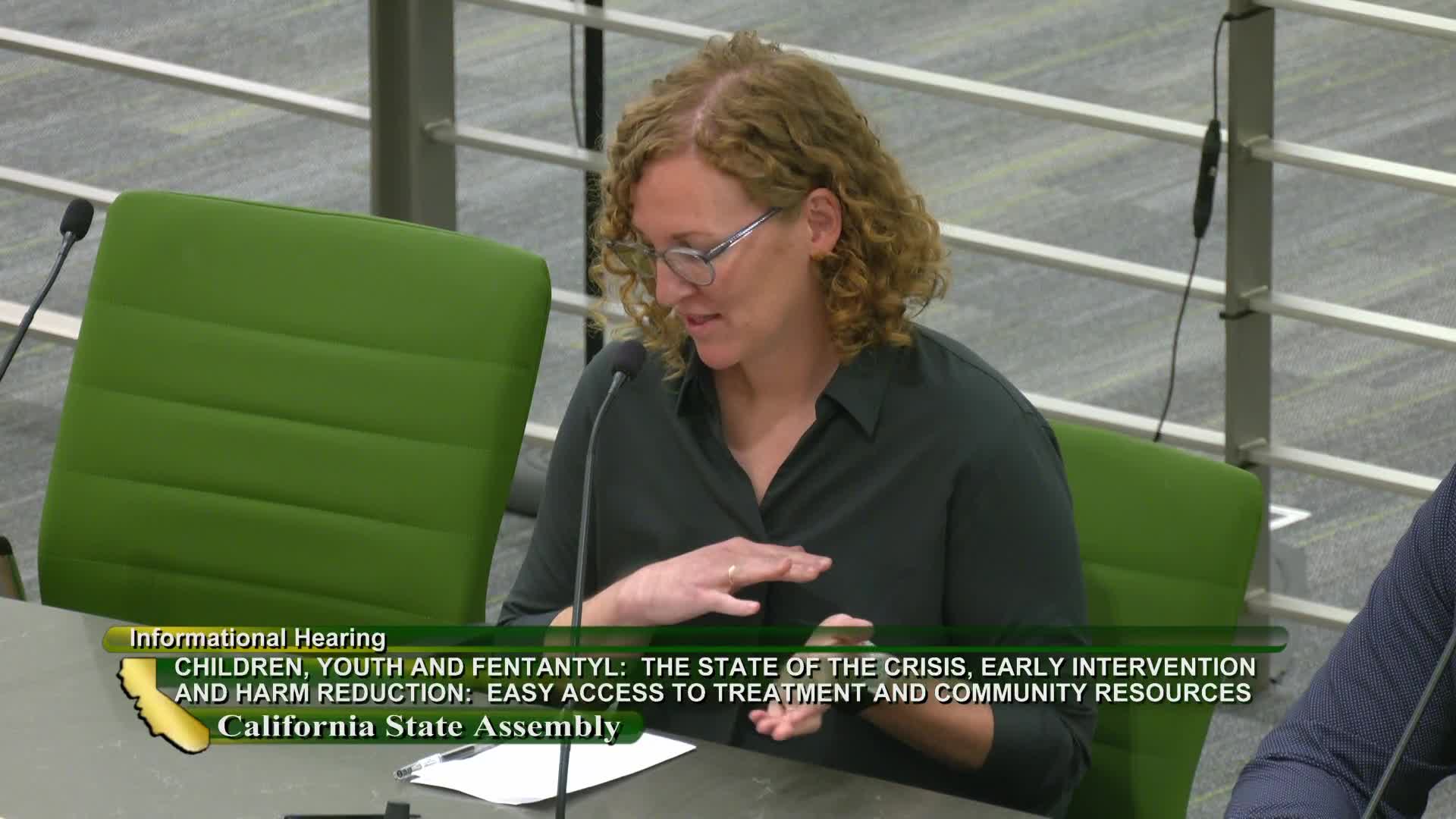Young people struggle to access opioid addiction treatment
August 12, 2024 | California State Assembly, House, Legislative, California
This article was created by AI summarizing key points discussed. AI makes mistakes, so for full details and context, please refer to the video of the full meeting. Please report any errors so we can fix them. Report an error »

During a recent government meeting, discussions highlighted the critical challenges facing the treatment of opioid addiction among young people, particularly in relation to the accessibility of effective therapies. Pediatricians emphasized that while buprenorphine is a safe and effective treatment for opioid addiction, many young individuals report that obtaining this treatment is more difficult than accessing fentanyl itself.
The meeting underscored two primary barriers to treatment: workforce issues and infrastructure challenges. Despite the existence of various healthcare providers capable of treating opioid addiction—including primary care physicians, addiction specialists, and psychiatrists—there is a significant lack of overlap between those trained to treat pediatric patients and those equipped to address opioid addiction. This gap in provider training and experience is seen as a major obstacle to improving access to necessary treatments for youth.
Participants acknowledged the complexity of the issue, noting that while there are numerous potential treatment providers, the specific qualifications required to effectively treat young patients with opioid addiction are not widely met. The conversation called for a reevaluation of policies and strategies to bridge this gap, emphasizing the urgent need for solutions that enhance treatment accessibility for young people struggling with addiction.
The meeting underscored two primary barriers to treatment: workforce issues and infrastructure challenges. Despite the existence of various healthcare providers capable of treating opioid addiction—including primary care physicians, addiction specialists, and psychiatrists—there is a significant lack of overlap between those trained to treat pediatric patients and those equipped to address opioid addiction. This gap in provider training and experience is seen as a major obstacle to improving access to necessary treatments for youth.
Participants acknowledged the complexity of the issue, noting that while there are numerous potential treatment providers, the specific qualifications required to effectively treat young patients with opioid addiction are not widely met. The conversation called for a reevaluation of policies and strategies to bridge this gap, emphasizing the urgent need for solutions that enhance treatment accessibility for young people struggling with addiction.
View full meeting
This article is based on a recent meeting—watch the full video and explore the complete transcript for deeper insights into the discussion.
View full meeting
